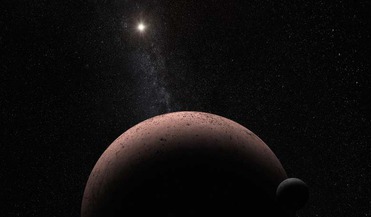 27 April 2016
Dwarf planet MakeMake found to have a moon
27 April 2016
Dwarf planet MakeMake found to have a moon
... estimates of the moon indicate that it is in a circular orbit around MakeMake and thus completes a circuit around the dwarf planet in 12 days or longer. Determining the shape of the moons orbit can give clues as to how MakeMake acquired its...
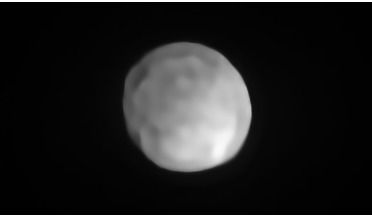 28 October 2019
Hygiea asteroid could turn out to be the smallest dwarf planet yet
28 October 2019
Hygiea asteroid could turn out to be the smallest dwarf planet yet
...researcher Pierre Vernazza from the Laboratoire d'Astrophysique de Marseille in France. “Thanks to these images, Hygiea may be reclassified as a dwarf planet, so far the smallest in the Solar System.” The SPHERE observations have also helped the team...
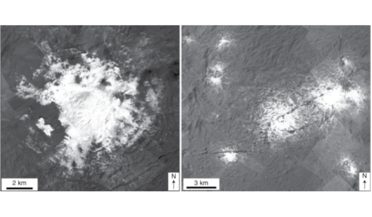 10 August 2020
Salty dwarf planet Ceres could be hiding an ocean
10 August 2020
Salty dwarf planet Ceres could be hiding an ocean
... the brines may still be ascending, indicating that salty fluids could still exist in the interior of the dwarf planet says De Sanctis and colleagues. Meanwhile, back on land, an analysis of Ceres’ crust and mantle by Andreas Nathues and...
 10 September 2018
IAU wrong about Pluto's planetary status say scientists
10 September 2018
IAU wrong about Pluto's planetary status say scientists
... be larger than Pluto, helped push the International Astronomical Union (IAU) in 2006 to relegate Pluto to the status of dwarf planet. Cue a reprint of posters and planetary textbooks around the world to reflect this seemingly harshly judged decision...
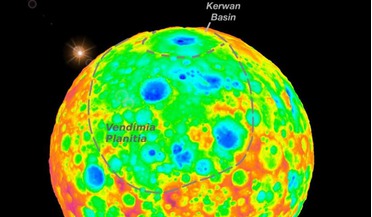 27 July 2016
Where did Ceres' craters go?
27 July 2016
Where did Ceres' craters go?
... crust of Ceres holds a significant fraction of ice in some form, ruling out a significant rocky surface for the dwarf planet. If the crust was mixed with salts, this would weaken it allowing the basin topography to relax and...
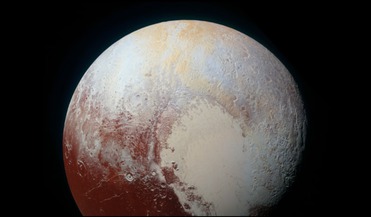 22 June 2016
Does a subsurface ocean exist on Pluto?
22 June 2016
Does a subsurface ocean exist on Pluto?
...the first probe to get an up-close look at the dwarf planet – a Brown University Ph.D. Student has suggested that a subsurface.... Data gathered last year by New Horizons on the loneliest planet in our Solar System revealed an unexpected find; Pluto, it...